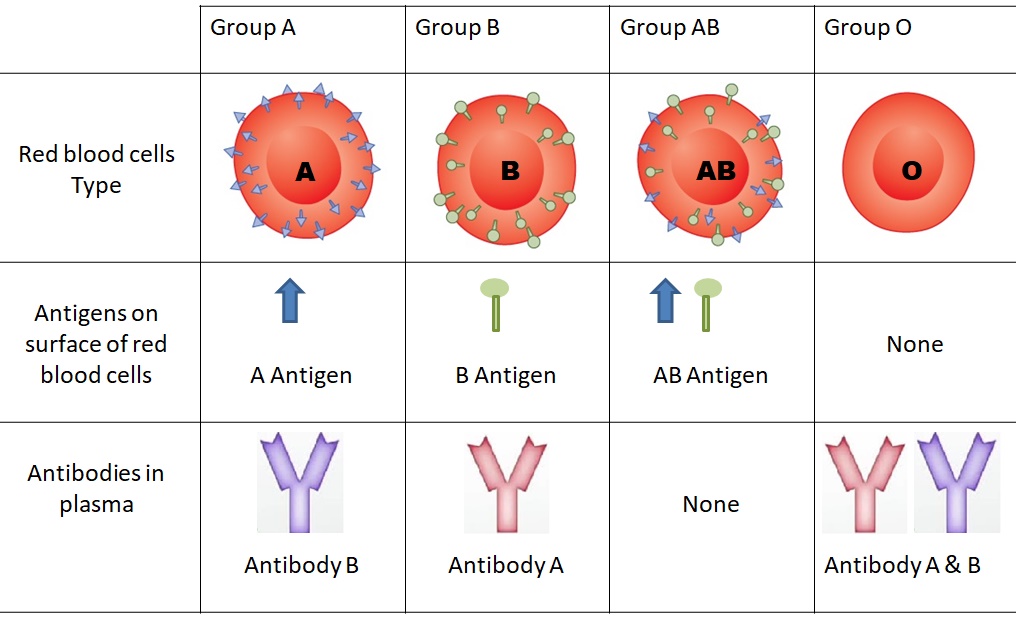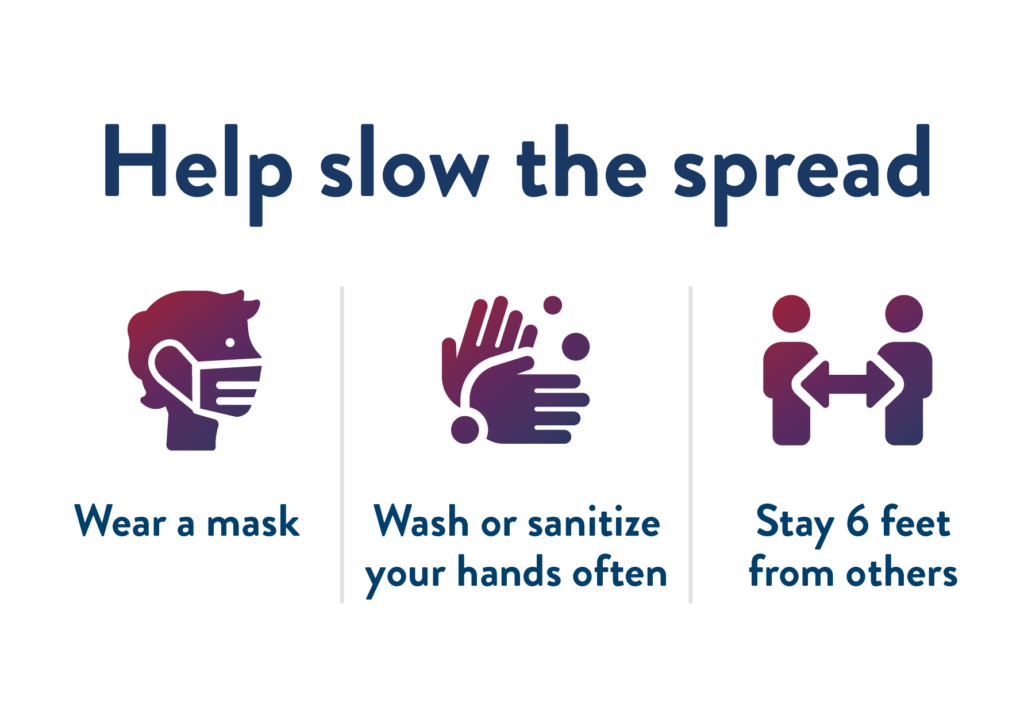
Two retrospective studies in Blood Advances add evidence for an association between blood type and COVID-19 risk, indicating that people with blood type O could be less susceptible to infection and experience milder disease. But this does not necessarily confirm causation. Further investigations on the mechanism of the different susceptibility to COVID-19 between blood group A and O individuals are needed and regardless of your blood type, you need to follow public health recommendations.
The first study from Denmark compared data from around 473,000 COVID-19–positive individuals with a control group of 2.2 million people in the general population, finding fewer infected people with blood type O and more people with A, B, and AB types. No associations were found between non-O blood groups and comorbidities that might explain infection rate differences.
The authors hypothesize that the presence of virus-neutralizing anti-A and anti-B antibodies on mucosal surfaces of some type O individuals may explain the relative protection for this blood type.
The second study from Vancouver, Canada on 95 critically ill COVID-19 patients in a hospital found that—after adjusting for sex, age, and comorbidities—patients with blood types A or AB were more likely to require mechanical ventilation than patients with types O or B (84% vs 61%, P = 0.02), indicating higher rates of lung damage.
Patients with blood types A and AB also had higher rates of dialysis for kidney failure, suggesting increased organ dysfunction or failure due to COVID-19 (32% vs 95%, P = 0.004). Patients with blood types A and AB did not have longer hospital stays than those with types O or B, but they did experience longer intensive care unit stays, which may signal greater COVID-19 severity.
A study in June looking at patients in Italy and Spain found that blood type O had a 50 percent reduced risk of severe coronavirus infection (i.e. needing intubation or supplemental oxygen) compared to patients with other blood types. A study published in July looking at patients in five major hospitals in the state of Massachusetts found that people with blood type O were less likely to test positive for COVID-19 than those with other blood types. Another study in April (pre-print and awaiting peer-review) found that among 1,559 coronavirus patients in New York City, a lower proportion than would be expected had Type O blood. Earlier in March, a study of over 2,100 coronavirus patients in Wuhan and Shenzhen (also not peer-reviewed) found that people with Type O blood had a lower risk of infection.

Past research analyzing a hospital outbreak in Hong Kong suggested that people with Type O blood were less susceptible to (the original, not the pandemic) SARS, which shares ~80 percent of its genetic code with the new coronavirus, SARS-CoV-2. A 2005 Clinical Microbiology Review also found that most individuals infected with SARS had non-O blood types.

It’s important to emphasize that the type of reduction in risk achieved with appropriate physical distancing, wearing a mask, and hand hygiene are significantly better than depending on your blood group for protection, so people with blood type O should not be complacent about public health advice.






